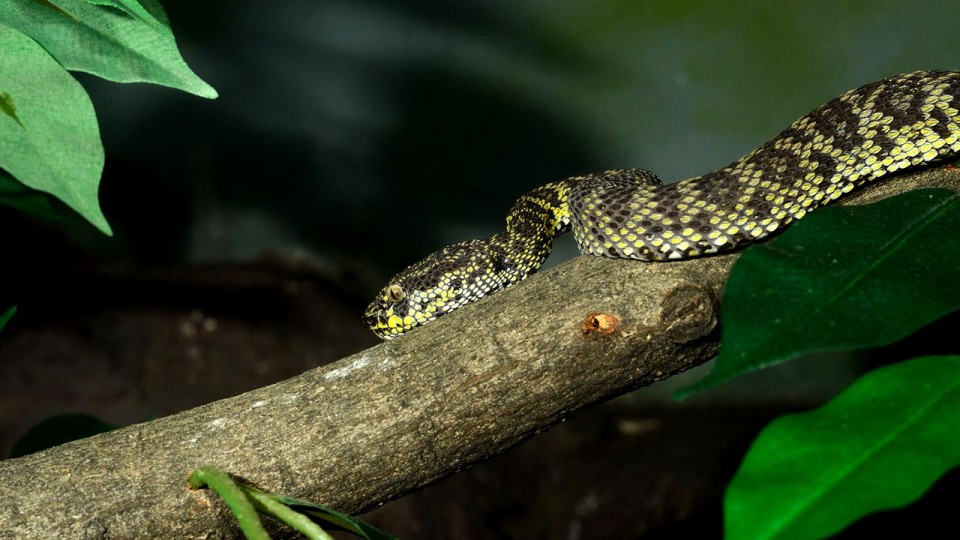Malaysia is a beautiful country to run in thanks to its great biodiversity and beautiful terrains. However, it is home to some of the most dangerous creatures on Earth. Ignorance of potential dangers can turn a pleasant run into a nightmare. Therefore, it is essential to have foreknowledge about some of the hazards that may await you while running in the country. A list of 5 potentially harmful animals, along with general information and advice, is provided below.
1. Mangrove Pit Viper
Appearance/Identification: The National Poison Centre in Malaysia says that the mangrove pit viper can grow as long as 1 metre. The color of its skin ranges from black to violet-brown and is sometimes accompanied by patches of green.
Behavior: The mangrove pit viper is notorious for its short temper. It strikes and bites its foes with great speed. Although its bite is poisonous, people usually do not die from it.
Habitat: This snake is found in the western part of Malaysia. The National Poison Centre adds that it is found on islands and in coastal mangrove forests, as well as swampy forests.
Diet: The mangrove pit viper’s diet consists of birds, lizards, frogs and rodents.
Advice: Because the mangrove pit viper comes in a large variety of colors, the identification of it can be difficult. It would be wise to be on the lookout for all snakes while running in areas where this snake is known to live. Although the mangrove pit viper’s snake bite is not normally lethal, runners should still treat it as if it were. Should they have the misfortune of being bitten, they should make a trip to the nearest hospital as soon as possible. The National Poison Centre, in addition, suggests that those who are bitten should avoid the consumption of anything that will increase the rate of venom absorption (i.e. alcoholic beverages).
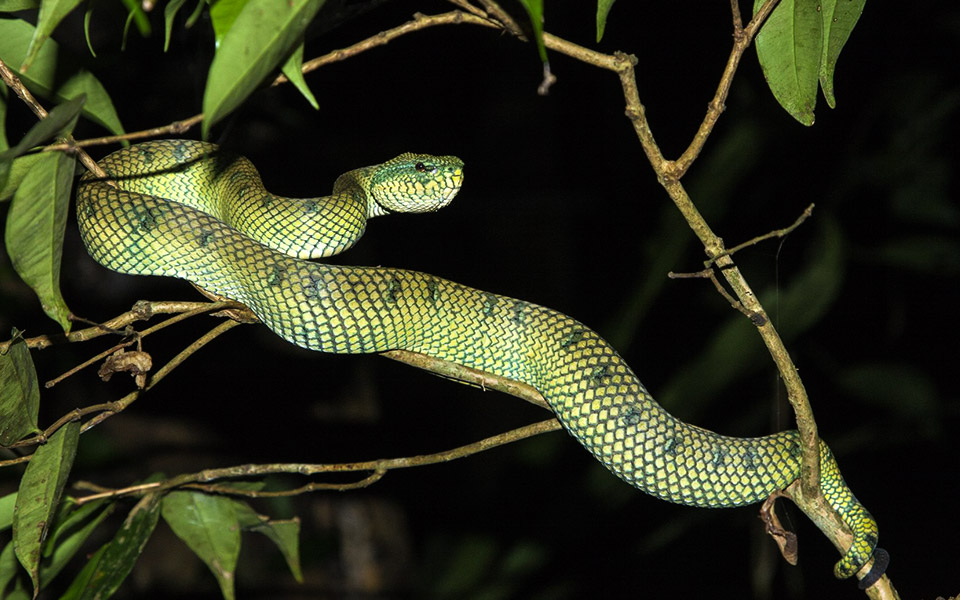
2. Reticulated Python
Appearance/Identification: The reticulated python can weigh up to 158.8kg. It generally grows to be between 3 to 6 metres. It has skin that can be golden yellow to black in color and that possesses ornate geometric shapes. This coloring and design allows it to work with a good deal of stealth.
Behavior: The reticulated python has a reputation for being aggressive, delivering vicious bites and suffocating its targets by constriction.
Habitat: The large reticulated python is located in rain forests, grasslands, woodlands and various bodies of water.
Diet: The reticulated python’s diet consists mainly of rats, pigs, and binturong. It is known to sometimes attack and eat humans, however.
Advice: It is important to be vigilant and wise, especially when running through places where the reticulated python is traditionally found. Although the bite of the reticulated python is not venomous, it has the capacity to cause infection. For this reason, the affected area should be cleaned with clean water. It also suggests that people avoid the use of hydrogen peroxide or strong antibacterial soaps during the cleaning process and that they blot, not rub, the area dry. Bandages should be used only in order to avoid contamination.
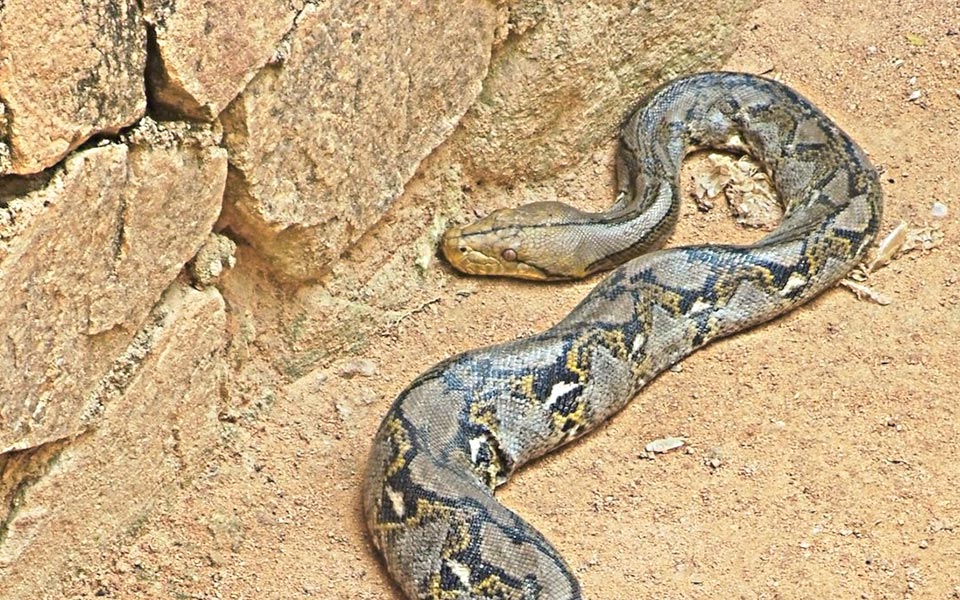
3. Equatorial Spitting Cobra, or Sumatran Cobra
Appearance/Identification: The spitting cobra has pale, narrow bars on its dorsum and can be a black, bluish black or brown color. They grow up to 1.6 metres.
Behavior: While the spitting cobra may be smaller than the more renowned king cobra, its bite can be just as deadly. But it need not get close to give runners a taste of its powerful toxins. The spitting cobra can spray venom into the eyes of foes from distances as far as 3 metres with high levels of accuracy. The venom spray employed by the spitting cobra is not fatal and does not react with skin, but it does react with eye tissue, causing stinging pain and temporary blindness. The spray can cause permanent blindness if interaction with eye tissue is severe and long enough.
Diet: The diet of the spitting cobra includes rats, mice and toads.
Habitat: The spitting cobra habitat includes the forests, jungles, and urban gardens and parks.
Advice: If runners encounter the spitting cobra, they should come no closer to it than 3 metres and, they should not look at the cobra directly. If they are bitten, they should go to the nearest hospital where they can gain access to the appropriate antidote as quickly as possible. If runners are sprayed in the eyes, they are advised to rinse them with water for extended periods of time. Milk may also be used to sooth the pain. As in the case of a venomous bite, affected runners should seek medical attention as soon as possible.
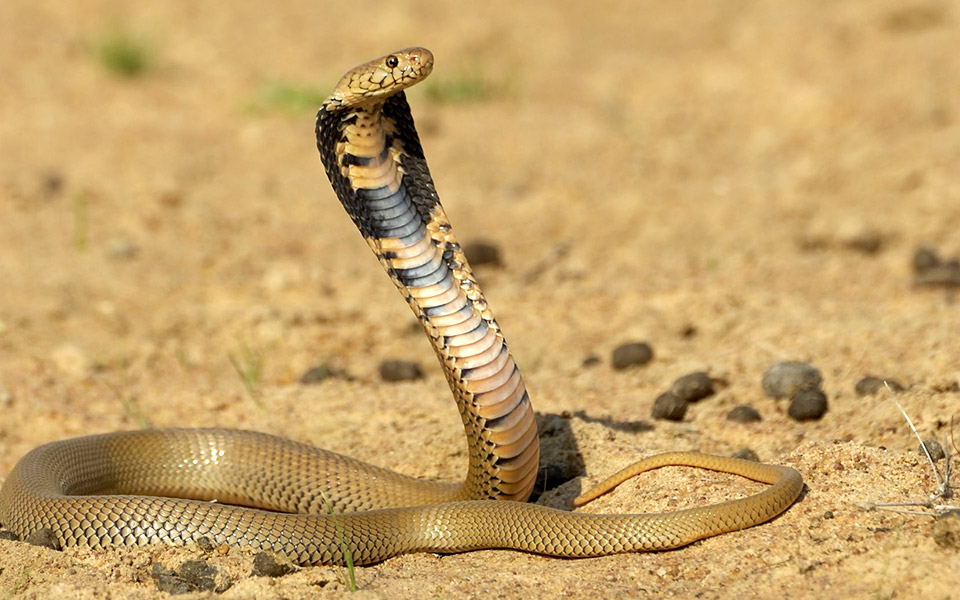
4. Saltwater Crocodile
Appearance/Identification: The crocodile typically has a large head, heavy jaws, and ridges running down its body. They can exceed 6.1 metres in length.
Behavior: The saltwater crocodile is a very vicious and ruthless animal. It shows no mercy when it has a victim in its grasp. The saltwater crocodile may not always be visible, for it often waits for its prey by lurking below the surface of water. When it is ready to attack, it explodes out of the water and reaches out for its prey. It may then be too late for the unwitting victim.
Diet: It regularly eats people. It also eats livestock, amphibians, reptiles, fish and birds.
Habitat: It generally inhabits saltwater estuaries, swamps and, despite its name, freshwater rivers.
Advice: When dealing with the saltwater crocodile, it is best to prevent an attack. Due to the many incidences of death due to crocodile attacks, Department of Wildlife and National Parks of Malaysia, has some advice for its residents. Some of the advice useful to runners in Malaysia includes staying at least a few meters away from bodies of water where the crocodile is present and avoiding areas where crocodile slide marks are present.
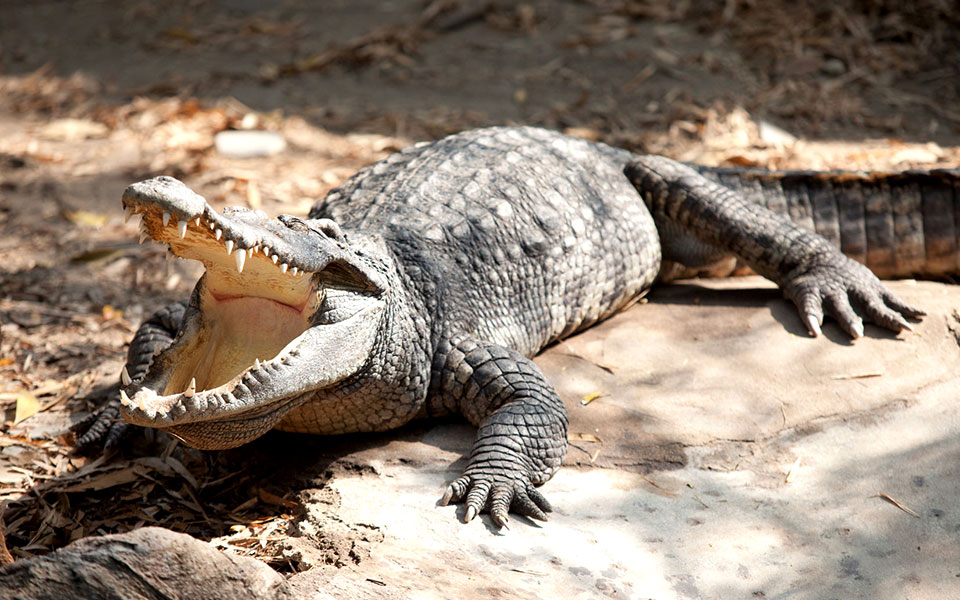
5. Black Leopard
Appearance/Identification: Only at a distance does the black leopard have the appearance of being uniformly black. Actually, it has the same stripes and markings as its lighter counterparts. They are less apparent because of the high amount of melanin (the reason for the dark color) in its skin.
Behavior: Since the difference between the black leopard and other leopards is largely one of color, one should presume that their behavior is similar. The black leopard is a quiet, stealthy animal. It looks for its prey between sunset and sunrise. It craftily goes behind the prey and kills it with a savage and fatal bite to the throat.
Diet: The black leopard has a diverse, albeit carnivorous, diet. It consumes a wide variety of animals. Wikipedia says its diet includes rodents, reptiles, amphibians, birds, zebras, foxes, and even primates such as fully-grown gorillas. The black leopard does not usually eat humans.
Habitat: The black leopard can be found in the dark rainforests of Malaysia.
Advice: If runners encounter the black leopard, they should not make an attempt to approach it. Although, leopards rarely eat humans, they have been known to do so. Sick, injured or starved leopards are most likely to attack.
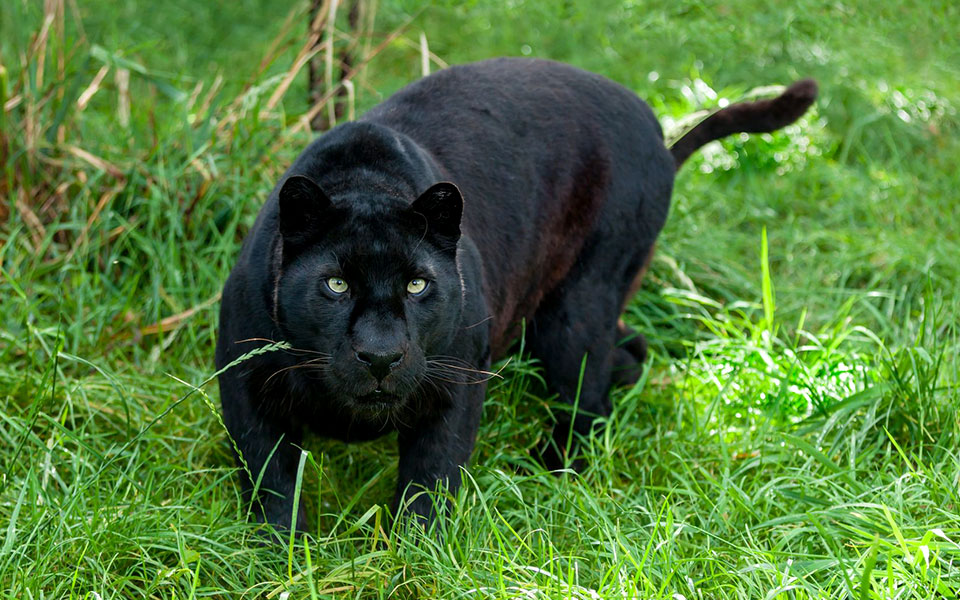
Happy Trailing and Stay Safe
There are other potentially dangerous animals that you should take note of in Malaysia trails. Whether running in Malaysia or not, you should know about the potential hazards you may face. When you are informed and prepared, potential threats lose much of their weight. And when this weight is lost, what is there to prevent a run from being anything but pleasant for the runner?
Have you encountered any dangerous animals at any trails? What is your most dangerous encounter during trail running? Share your experience with us in the comments below or on our forum.


